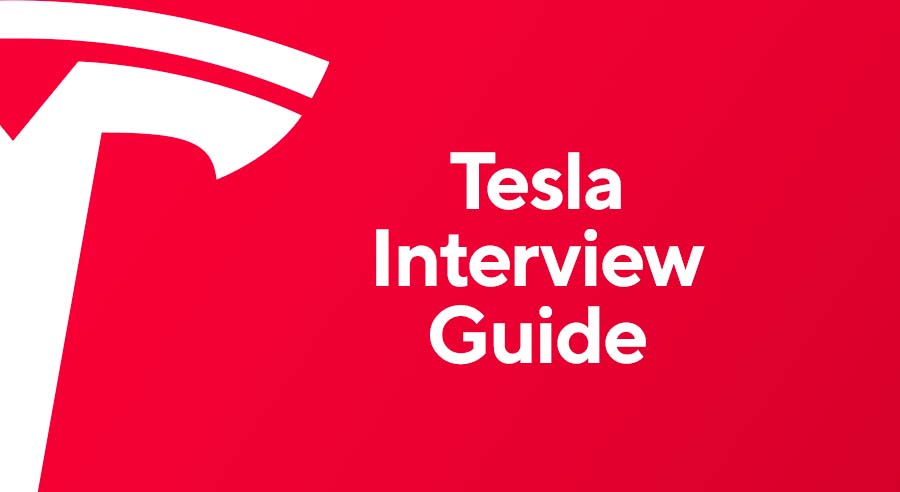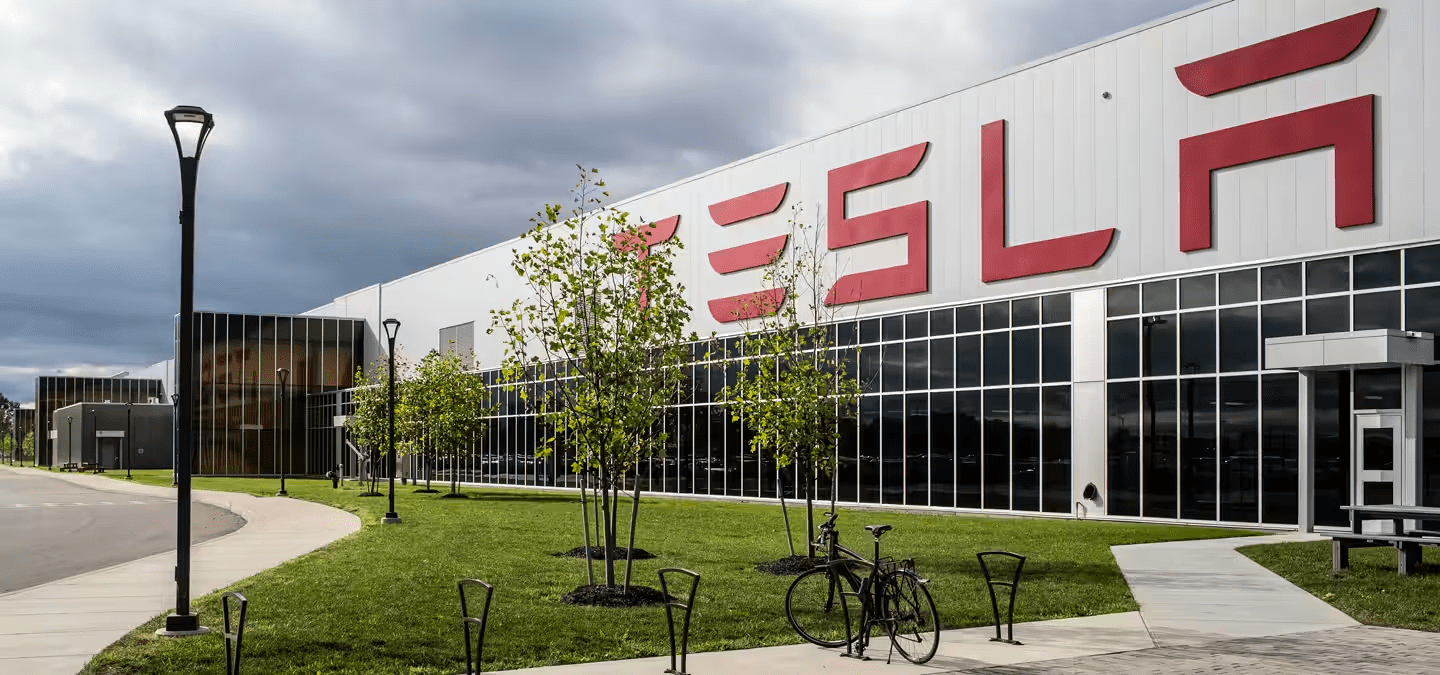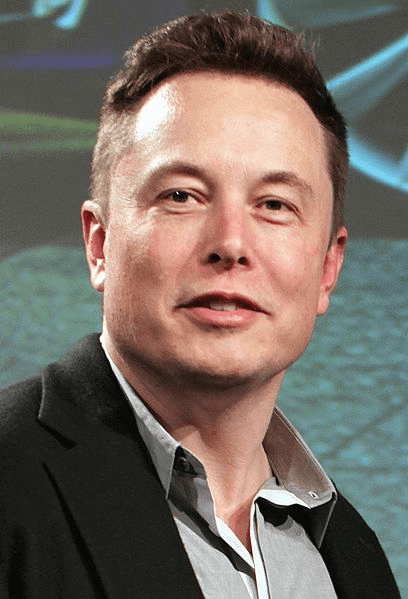Tesla Hiring Process: Interview Process Questions & Insider Tips
Tesla isn't a FAANG company, but from an interview process it might as well be. Getting a job at Tesla is tough. Here's our tips on how to nail you Tesla interview:

With nearly 100,000 employees, it’s clear that Tesla is a sought after workplace. But with 3 million applications sent to Tesla in 2021 alone, it is obviously a very competitive job application process! So how do you stand out from the crowd?
With Tesla being one of the most highly regarded jobs for software workers, if you are wondering how to get a job at Tesla, then it will be important to learn about the Tesla hiring process timeline and what it entails.
And at 4 day week one thing we know, it’s how to ace an interview.
In this article we are going to go over the history of Tesla, exactly what the Tesla hiring process is, and how you could best prepare yourself for any upcoming interviews with methods like the STAR method.
What Is Tesla Looking For?
Tesla is looking for technically excellent hires who can solve problems that have never been attempted before, who can operate within ambiguity and who can keep up with the quick company pace. The two best ways to do that are to:
- Be ready to prove your expertise
- Know previous and current projects that you’ve done in minute detail
Tesla has a work hard culture and its culture is extremely important to the company. Maintaining the early culture as the company continues to grows is difficult, so they screen for these three soft skills:
- Being innovative
- Being driven
- Being a team player

What Is The Tesla Hiring Process?
You’ve had a look through the Tesla open jobs and you’ve found one that sounds perfect for you - great! So how do you get started? Firstly, to set your expectations, the full process can take anywhere from two weeks to three months, depending on the availability of the people who need to interview you. The more senior you are, the more time it is likely to take.
1. Apply through the website
Former Tesla recruiter Marissa Peretz said in a Business Insider interview that CEO Elon Musk was, “really obsessed with hiring world class talent”. The application process at Tesla is not totally standardized, so can vary from one role to the next according to what they think matches the role.
Apply for the role you want through Tesla’s website, but not before you update your resumé and one of the following: LinkedIn profile, Indeed online resumé, or online portfolio. You will be asked for a link to one of these in your online application so assume it will be checked.
You may be asked for a relatively brief account of your ‘evidence of excellence’. Tesla wants problem solvers with a track record. Show that you fit the bill.
It’s worth applying to Tesla, even though there’s so much competition, but it’s not worth applying poorly. You will almost definitely be rejected. Rewrite your resume to focus very specifically on the job spec and follow Elon Musk’s advice: "When sending your resume, please describe a few of the hardest problems you solved & exactly how you solved them.”
Remove any unnecessary details or irrelevant work history, but include contract work if it’s relevant. Recruiters are busy people! If you can make their job easier by providing a clear and concise resume, you’ll have a better chance of getting to the next round.
2. Initial phone interview
After you’ve submitted your completed application, a real person will review and evaluate it. If the recruiter likes the sound of you, you will be included in the first round of screening interviews. Generally there are between 5 and 15 people in this stage for each role.
In this initial interview, the interviewer will be looking for more background information about you, your job history, and some of your biggest accomplishments. They will be looking to gauge your technical skills, general fit for the role, and get a rough idea of your desired career trajectory.
To show you have properly researched the job and company, it’s a good idea to have a couple of questions about both up your sleeve, so you’re ready for the “do you have any questions?” line. The best types of questions to ask are ones that come from having done research. Don’t ask questions that you should be able to find the answer to for yourself..
These days many interviews are conducted over Zoom which can feel intimidating, but as long as you have done your research and prepared as best you can, at this point you’ll have to just lean in and trust the process!
Would you like a 4 day work week?
3. Online assessment
Once you get past the initial phone interview, you will have a tech test to complete. It will take anything from 30 minutes to 2-3 days, depending on your level of seniority. Focus on your code quality and use annotations to show your thinking if it’s not obvious. That way you can still be assessed positively if you don’t get as far as you hoped.
4. In-depth interview with hiring manager
If you pass your initial screening interview, next will be a more in-depth interview with a hiring manager, to talk in detail about technical competency but also cultural fit. The hiring manager will want to talk about your current circumstances, including anything that might affect your hire including relocation.
This will be a more technical interview. As a software worker, be ready to talk about algorithms, data structures and system design. However, your job spec may give you some insight into what the interview will cover.
5. In-person interview
In the final stage of the interview process, you will be invited to an in-person onsite interview. You will be asked to prepare a 30 minute presentation, in which you will need to discuss a difficult problem you’ve solved.
Make sure to focus on the details of the problem. Include:
- How you modeled the problem.
- Why you conceived of the problem that way rather than a plausible alternative.
- What steps you took to resolve the problem.
- Why you preferred the path you chose over plausible alternative paths to solving the problem.
- What the outcome was.
Often people find that the STAR method is a great fit for this sort of question, which stands for:
Situation
This is where you explain a situation that you faced in the past. Try to think of an example that is technical, and just based around a difficult task or decision, rather than interpersonal issues (do show how you collaborated to solve the problem though in the action stage).
Task
Discuss in detail the tasks that you were a part of or responsible for. What did they involve? What was required of you? What responsibilities did you have?
Action
Explain what actions you took regarding the situation. The specific actions themselves are important, but it’s also really important to discuss your thought process, and what assumptions or decisions were guiding your choices.
Results
What were the results of your actions? How were these measured? Were they what you expected or were they unexpected? What did the results mean for you or for your workplace and colleagues?
By using the STAR structure, you can make your presentation clear, concise and professional. People often love using the STAR structure because if you feel prepared and organized then you are much more likely to feel calm and confident walking into the interview.
6. Interview with Elon Musk

While no longer the case, In the past, Elon Musk would interview every new hire before they were approved. He often would use riddles to examine the interviewee’s thought process.
The most famous of these was: “You’re standing on the surface of the Earth. You walk one mile south, one mile west and one mile north. You end up exactly where you started. Where are you?”
The answer is the North Pole. He would then follow up with, “Where else could you be?” This is more tricky but the answer is ‘near the South Pole’ (you need to start one mile north of a circle that is one mile in circumference and has the South Pole inside it. When you walk west, you walk one mile around the circle and then walk north again).
While Musk does not necessarily interview candidates anymore, or at least not as much, be prepared for this style of questioning as part of the interview process.
Conclusion
In total, you can expect to spend a number of weeks going through the interview process with Tesla.
Tesla’s hiring process is not easy. However, preparing for it thoroughly and giving it your best shot will be a great experience and will set you up to be more successful in future applications. And you never know. You might land your dream job.
And if you prefer a better work-life balance, check out our job board - we only list jobs with a 4 day work week.